Roelfsema Group
Visual perception, blindness & plasticity

Visual perception, blindness & plasticity
Clever algorithms, a camera on the nose and a wireless connection to a prosthesis implanted in the brain will in due course give blind people rudimentary eyesight. The technique is being developed for people whose optic nerve has died and for whom a retinal chip is thus not an option.
The Vision and Cognition group, led by Dr. Pieter Roelfsema, is directed at understanding cortical mechanisms of visual perception, memory and plasticity. One of our goals is to create a visual cortical prosthesis to restore vision in blind people.
Worldwide, some forty million people are blind. Some were born blind, others became blind later in life. Roelfsema is developing his prosthesis for this latter group. ‘We do this by making use of connections in the brain that are already there,’ he explains. ‘In someone who has been able to see for about ten years of their life, these connections are still intact.’ These newly sighted people will be able to see the contours of buildings and objects and they will be able to distinguish movement. However, it does involve substantial surgery, which is currently only carried out in monkeys. The brains of these monkeys are implanted with a thousand electrodes, which send electrical signals to the brain cells in the primary visual cortex, the V1. This brain area is the first substation in the brain that translates visual information into images.
The V1 is a gigantic structure in terms of the brain: twenty-five square centimetres per brain hemisphere. Thanks to this large size the spatial relationships on this ‘map’ remain intact, says Roelfsema: ‘The points in the physical world correspond to those in the V1 in terms of their ratio. So if you stimulate one group of cells in a certain place in the V1, a blind person would see one speck of light on the corresponding location in the outside world. And because we are implanting a thousand electrodes, it will become possible to not just create a thousand light specks, but to create different patterns in those specks.’ Compare it to a matrix sign above a motorway’, he says. Switching the lights on those boards off or on individually, creates patterns and symbols.
The camera that blind people will be wearing on their nose will create a wireless connection with the prosthesis. Through that connection it will be possible to see images of the outside world, thanks to algorithms that ‘understand’ which of these images are relevant. Because if you are newly sighted and have to make do with a thousand electrodes and thus a thousand pixels – instead of the one million pixels that the sighted see – it is important that just the essentials are shown, and that irrelevant information is suppressed. However, we are not there yet. Roelfsema’s co-workers have trained two monkeys and these are now able to recognize sixteen different letters on a screen. And they can now also do this when these letters are offered to their brains via the electronic stimulation of certain brain cells. ‘It looks like we are heading in the right direction,’ says Roelfsema. ‘We are now able to transfer these letter shapes directly to the brain, without the eyes getting involved. The next step will be to get this technology to the point where we can safely apply it to human beings, and are able to place a sufficient number of electrodes in the right places.’ He expects that the first trials in people will be possible in four to five years’ time.
Roelfsema hopes to be able to implant ten or even twenty thousand electrodes eventually. ‘With that many we could really put meaningful information in there. Also, the technique must be safe, and completely wireless. That is not yet the case with our monkeys and we will be working hard for a few more years to get to that point.’
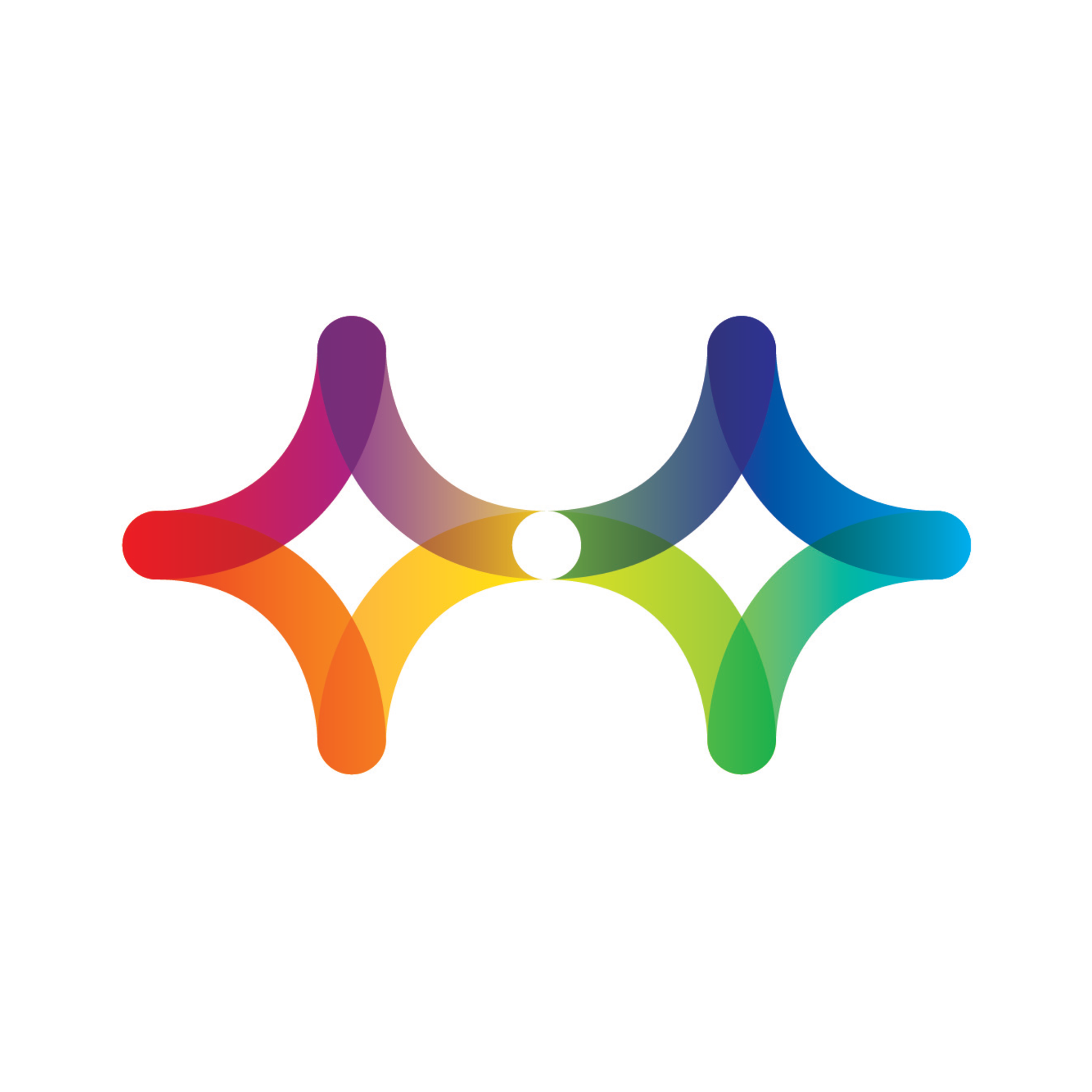
Technician
See profile
staff
See profile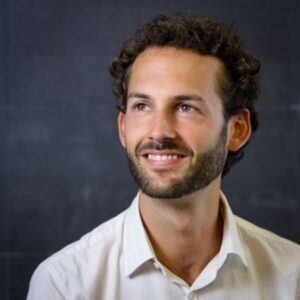
Postdoc
See profile
PhD student
See profile
Postdoc
See profile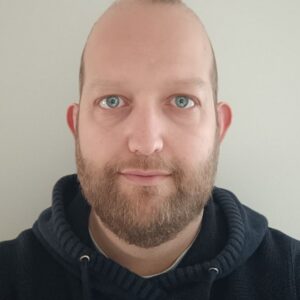
Postdoc
See profile
PhD student
See profile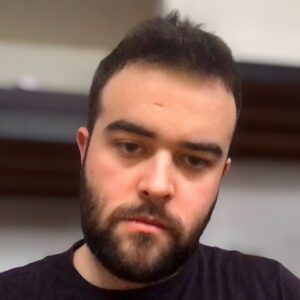
Student
See profile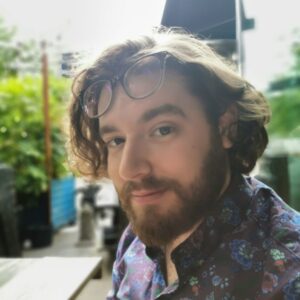
Postdoc
See profile
PhD student
See profile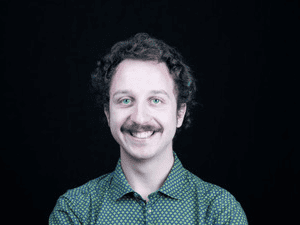
PhD student
See profile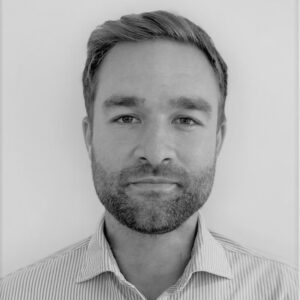
Postdoc
See profile
PhD student
See profile
PhD student
See profile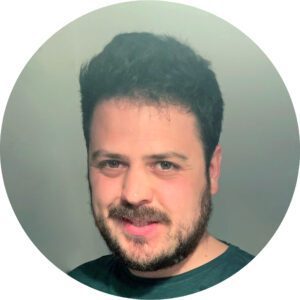
postdoc
See profile
student
See profile
Student
See profile
Postdoc
See profile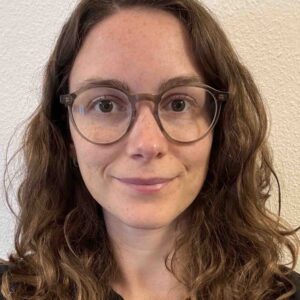
Postdoc
See profile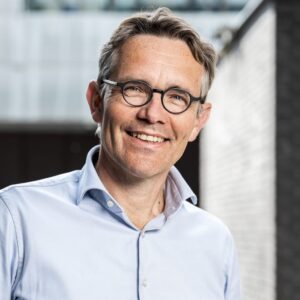
Board
See profile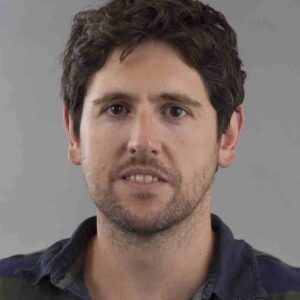
Postdoc
See profile
staff
See profile
Postdoc
See profile
Student
See profile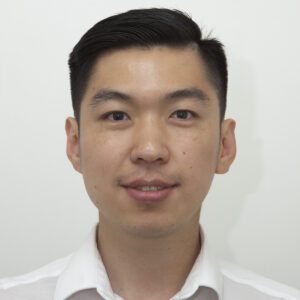
PhD student
See profile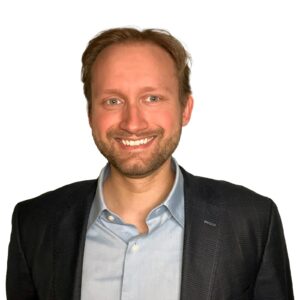
Postdoc
See profile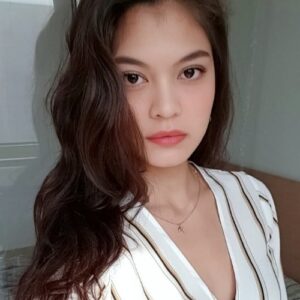
PhD student
See profileAt the moment, there are no vacancies within this group
Show all vacancies
"*" indicates required fields
"*" indicates required fields
![]()
![]()
You can also transfer your contribution to NL76 INGB 0002 1673 78 in the name of ‘Stichting Vrienden van het Herseninstituut’
The Friends Foundation facilitates groundbreaking brain research. You can help us with that.
Support our work